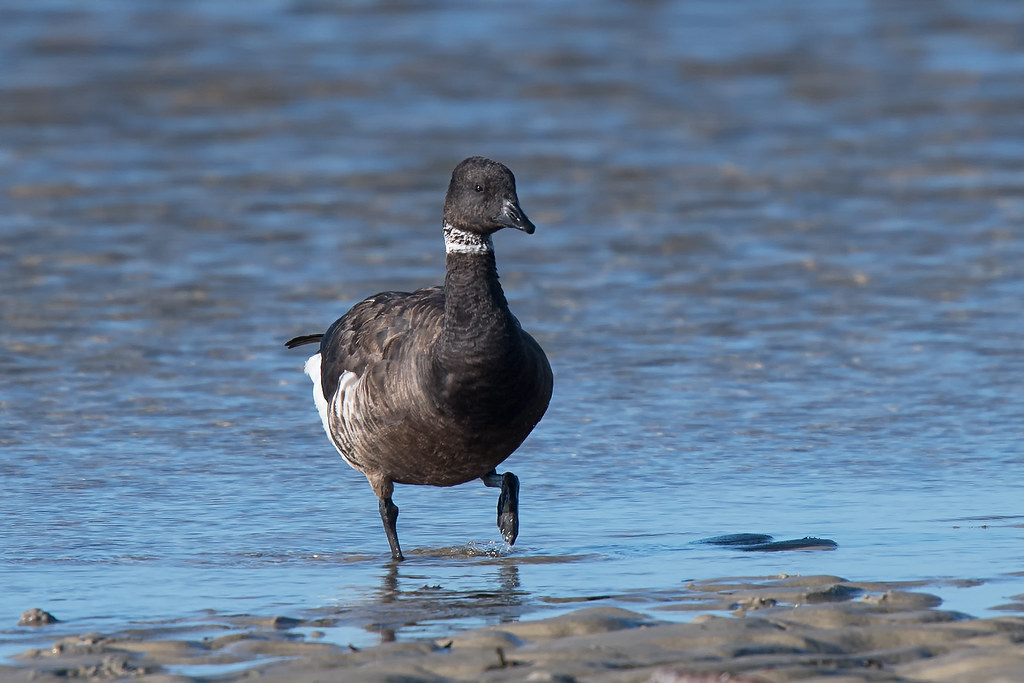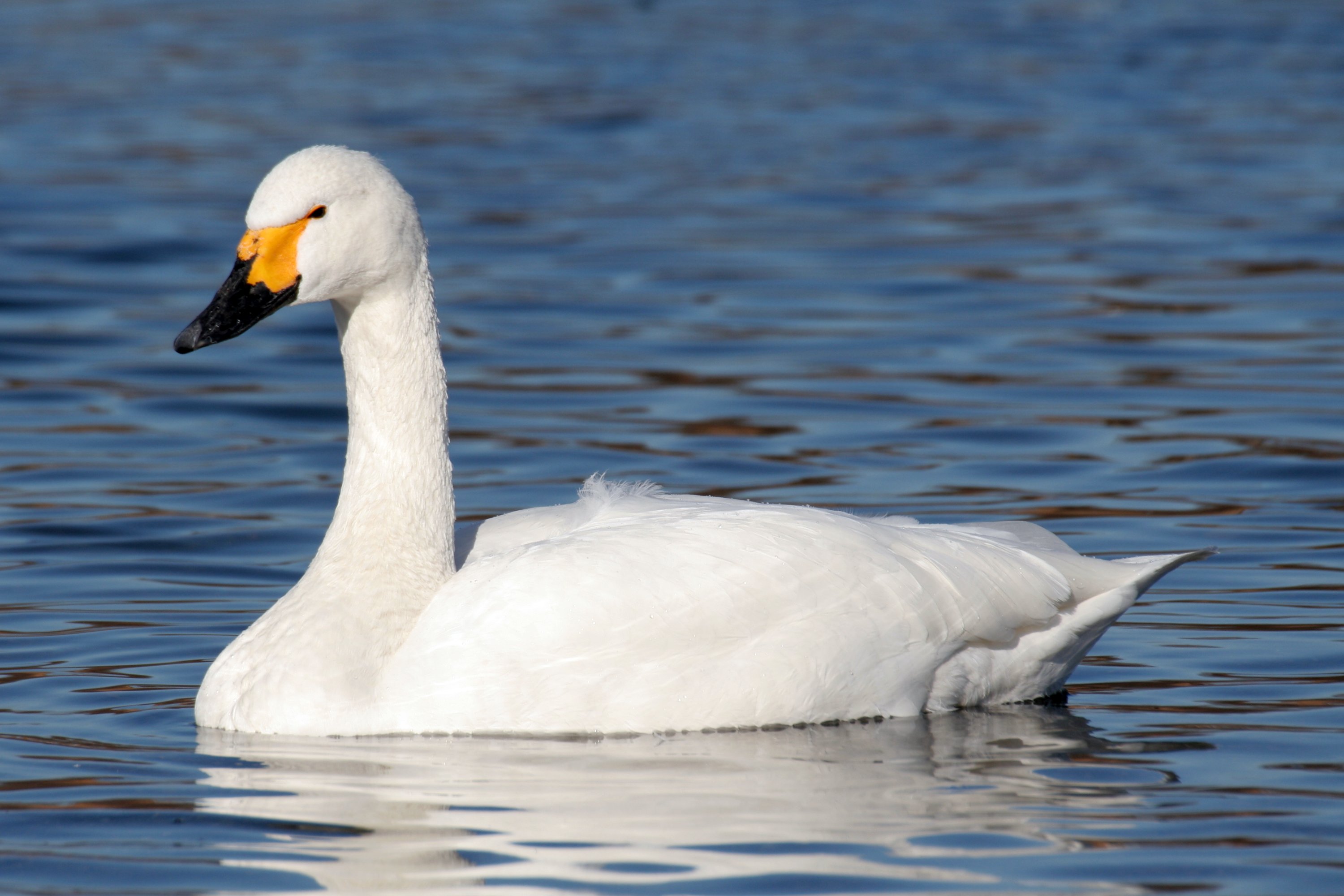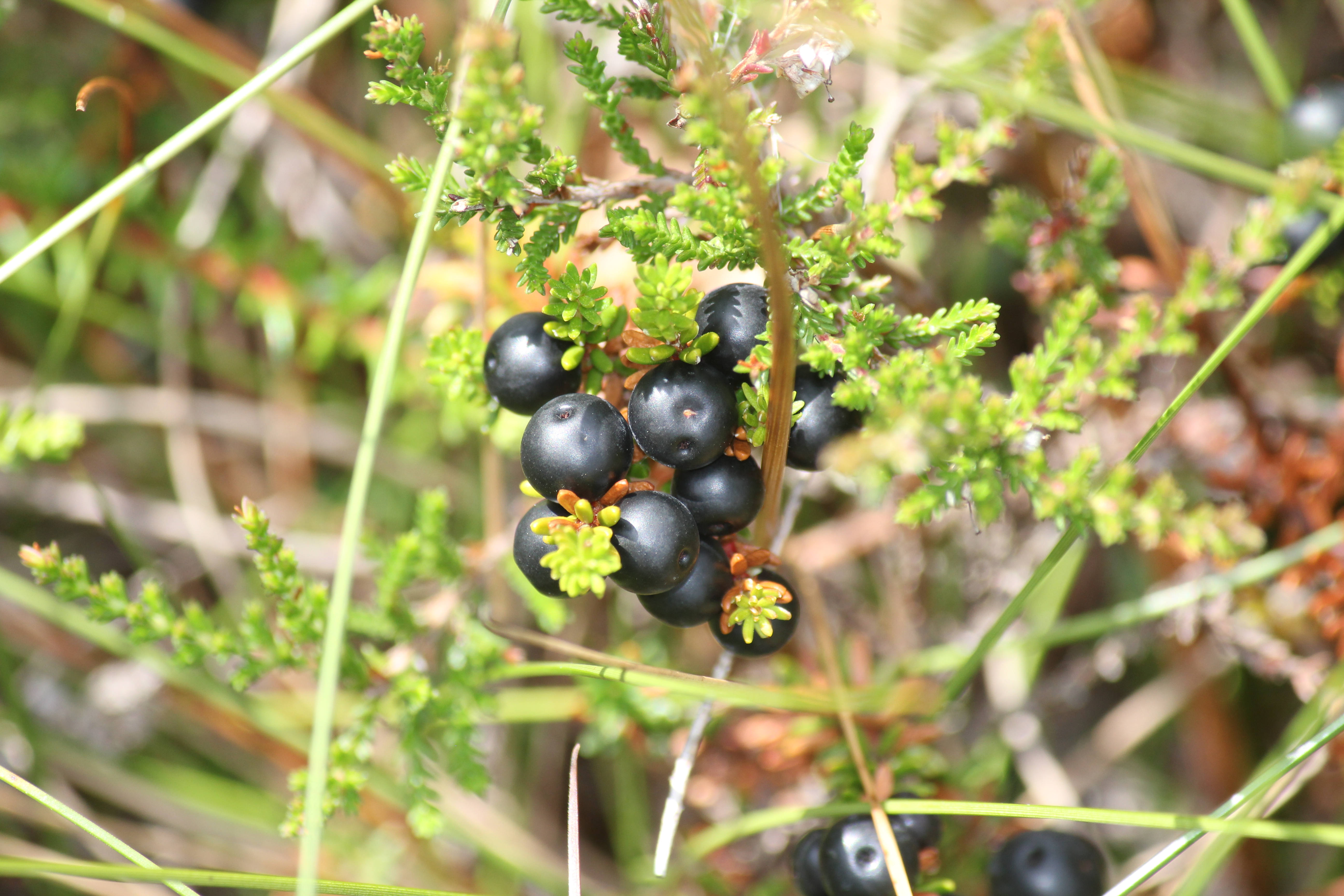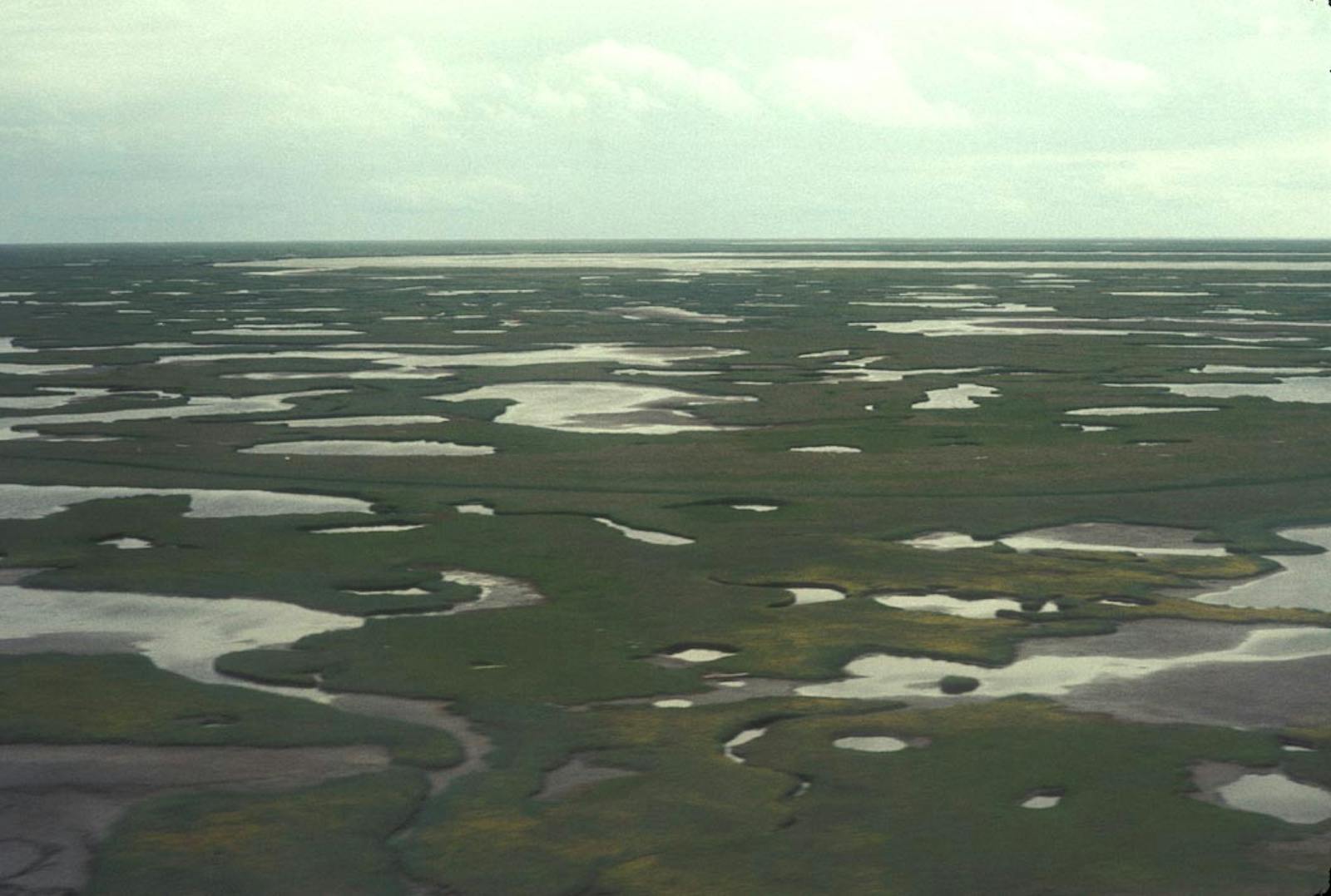Beringia Lowland Tundra
The ecoregion’s land area is provided in units of 1,000 hectares. The protection goal is the Global Safety Net (GSN1) area for the given ecoregion. The protection level indicates the percentage of the GSN goal that is currently protected on a scale of 0-10.
Bioregion: Greater Alaska Taiga & Tundra (NA4)
Realm: Subarctic America
Ecoregion Size (1000 ha):
15,298
Ecoregion ID:
409
Conservation Target:
97%
Protection Level:
7
States: United States: AK
The Beringia Lowland Tundra ecoregion consists of several disjunct pieces. Two large blocks occur on the southwestern Alaska mainland, separated by the higher-elevation Ahklun and Kilbuck Upland Tundra ecoregion and extending down the Alaska Peninsula to Unimak Island, the largest and easternmost of the Aleutian Islands. To the north, other blocks of this ecoregion include a relatively small area around Norton Bay and a larger expanse on the Seward Peninsula and wrapping around Kotzebue Sound, including several bays and inlets, such as Eschscholtz Bay, Hotham Inlet, and Selawik Lake.

The flagship species of the Beringia Lowland Tundra ecoregion is the black brant. Image credit: Creative Commons
The ecoregion also includes several islands, the largest being Nunivak Island, St. Lawrence Island (in part), and St. Matthew Island. Some 97% of this ecoregion is intact, with 66% within protected areas and 31% currently outside protected areas. The largest protected area is the 77,500 km2 Yukon Delta National Wildlife Refuge (the second largest refuge in the U.S.), most of which occupies the broad, flat delta of the Yukon and Kuskokwim rivers and their tributaries and is speckled with numerous lakes, ponds, and wetlands.
Most of Nunivak Island also is protected within this refuge. The southern portion of Togiak National Wildlife Refuge also occurs within this ecoregion, as does much of the area within the Bering Land Bridge National Preserve in the north.
The climate of this ecoregion is transitional between maritime and continental subarctic. Average daily minimum temperatures in winter range from -25°C in northern areas to -10°C along the Alaska Peninsula. Summer high temperatures can reach 18°C. Permafrost ranges from continuous to discontinuous. Average annual precipitation ranges widely from 250 mm in the vicinity of Kotzebue Sound to 860 mm near Bristol Bay.

Tundra swan. Image credit: Creative Commons
Major vegetation types are wet and moist herbaceous communities dominated by sedges and, on better drained areas such as peat mounds and dunes, dwarf shrub communities dominated by plants in the heath family, such as crowberry, marsh Labrador tea, lingonberry, alpine azalea, alpine bearberry, and bog rosemary, as well as dwarf willows. In areas of favorable drainage and microclimate, coniferous forest occurs, with black spruce, white spruce, alder, willow, and dwarf birch, with the understory composed of plants in the heath family and mosses covering the ground.
Mammals of this ecoregion include brown bear, polar bear, black bear, wolf, river otter, muskox, moose, barren-ground caribou, and marine mammals including walrus, spotted seal, harbor seal, ringed seal, Steller sea lion, northern fur seal, bearded seal, ribbon seal, and several species of whales.
This ecoregion is particularly important for birds. Several species have much to most of their global breeding habitat within this ecoregion, including Arctic loon, Canada goose, bristle-thighed curlew, dovekie, McKay’s bunting, and white wagtail. The Yukon-Kuskokwim Delta supports over one million ducks and half a million geese during the breeding season. The highest densities of tundra swans, most of the world’s emperor swans, and about half of the world’s black brant nest in this delta. Izembek Lagoon, near the terminus of the Alaska Peninsula, is the most important staging area for migrating black brant in Alaska.

Black Crowberry. Image credit: Maseltov, Creative Commons
Large seabird colonies occur on St. Lawrence Island and St. Matthew Island. These colonies are estimated to support around 2 million seabirds, including the largest colonies of common and thick-billed murres in the eastern Bering Sea. All five species of Pacific salmon spawn in this ecoregion, with Bristol Bay supporting what may be the largest sockeye salmon run in the world. Other noteworthy fish include whitefish, lake trout, Dolly Varden, northern pike, sheefish, Alaska blackfish, burbot, and Arctic grayling.
This ecoregion is almost entirely intact, though overharvest of fish and waterfowl may sometimes occur. Priority conservation actions for the next decade are: 1) maintain the integrity of protected areas by not allowing incompatible uses; 2) limit impacts of recreation and tourism; and 3) protect vulnerable species from over-harvest and monitor populations.
Citations
1. Ricketts, T.H. et al. 1999. Terrestrial Ecoregions of North America: A Conservation Assessment. Island Press, Washington, D.C.
2. Gallant, A.L., E.F. Binnian, J.M. Omernik, and M.B. Shasby.1995. Ecoregions of Alaska. USGS Professional Paper 1567. U.S. Govt. Printing Office, Washington, D.C.
3. https://www.fws.gov/refuge/yukon_delta/



